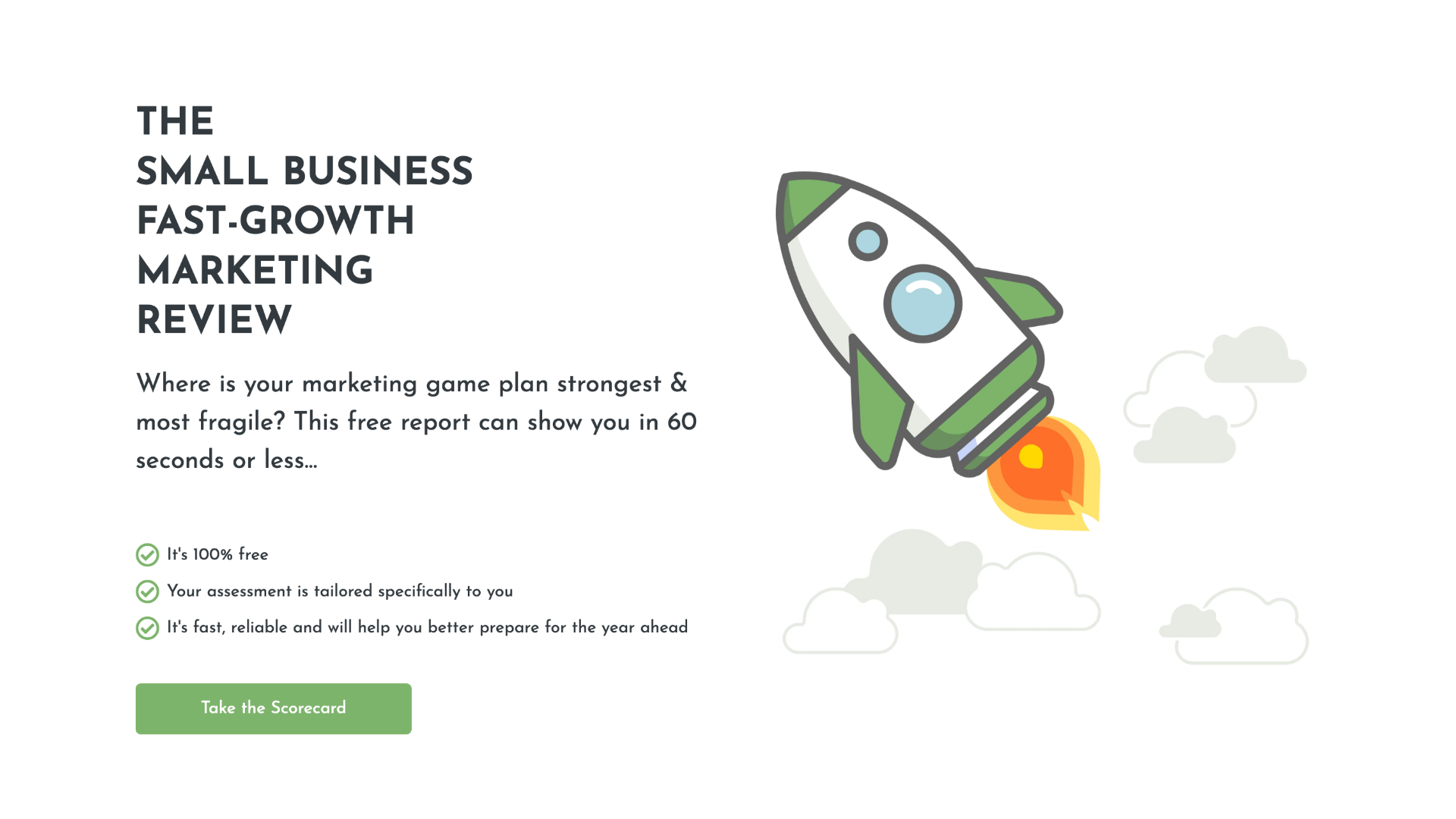by Callum Wells
•
28 Feb, 2024
In today’s fast-paced business world, it’s essential to have real-time tracking and monitoring of your vehicles. Whether you have a small fleet or a large one, having a vehicle tracking solution in place can provide numerous benefits for your business. But with so many options available, how do you choose the right vehicle tracking solution for your business? In this article, we’ll discuss the key factors to consider when selecting a vehicle tracking solution that meets your business needs. Why Do You Need a Vehicle Tracking Solution? Before we dive into the factors to consider, let’s first understand why having a vehicle tracking solution is crucial for your business. Real-Time Tracking and Monitoring One of the main reasons to invest in a vehicle tracking solution is to have real-time tracking and monitoring of your vehicles. This allows you to know the exact location of your vehicles at any given time, which can be useful for route optimisation, dispatching, and responding to customer inquiries. Improved Fleet Management With a vehicle tracking solution, you can monitor the performance of your fleet and identify areas for improvement. This can help you reduce fuel costs, optimise routes, and improve overall efficiency. Increased Safety and Security A vehicle tracking solution can also enhance the safety and security of your vehicles and drivers. With real-time tracking, you can quickly locate a stolen vehicle and take necessary action. You can also monitor driver behaviour and ensure they are following safe driving practices. Factors to Consider When Choosing a Vehicle Tracking Solution Now that we understand the importance of a vehicle tracking solution, let’s look at the key factors to consider when selecting one for your business. Type of Tracking Technology There are two main types of tracking technologies used in vehicle tracking solutions: GPS and cellular. GPS tracking uses satellites to determine the location of a vehicle, while cellular tracking uses cellular networks to transmit data. GPS tracking is more accurate and reliable, but it may not work in areas with poor satellite coverage. On the other hand, cellular tracking can work in most areas, but it may not be as accurate as GPS tracking. Consider the areas where your vehicles will be operating and choose a tracking solution that works best for your needs. Real-Time Tracking and Monitoring Capabilities Real-time tracking and monitoring capabilities are essential for any vehicle tracking solution. This allows you to see the exact location of your vehicles at any given time and receive real-time updates on their movements. Make sure the solution you choose offers real-time tracking and monitoring features, as this will provide you with the most accurate and up-to-date information about your fleet. Customisation and Integration Options Every business has unique needs, and your vehicle tracking solution should be able to cater to those needs. Look for a solution that offers customisation options, such as the ability to set up geofences, alerts, and reports based on your specific requirements. Additionally, consider the integration options of the solution. Can it integrate with your existing systems, such as your CRM or dispatching software? This can help streamline your operations and improve efficiency. User-Friendly Interface A user-friendly interface is crucial for any vehicle tracking solution. Your team will be using the solution on a daily basis, so it’s essential that they can easily navigate and use the system. Look for a solution with a clean and intuitive interface that is easy to use and understand. This will save you time and resources in training your team on how to use the system. Cost and Return on Investment (ROI) Cost is always a significant factor when making any business decision. When it comes to choosing a vehicle tracking solution, consider the initial cost of the system, as well as any ongoing fees or maintenance costs. But don’t just focus on the cost; also consider the potential return on investment (ROI) of the solution. Will it help you save money in the long run through improved efficiency, reduced fuel costs, and better fleet management? Make sure to weigh the cost against the potential benefits to determine the true value of the solution. Customer Support and Training When investing in a vehicle tracking solution, it’s essential to consider the level of customer support and training provided by the company. Look for a solution that offers 24/7 customer support and training resources to ensure that you and your team can get the most out of the system. Reputation and Reviews Before making a decision, it’s always a good idea to research the reputation and reviews of the vehicle tracking solution provider. Look for reviews from other businesses in your industry to see how the solution has worked for them. Additionally, consider the company’s reputation in the market and their track record of providing reliable and effective vehicle tracking solutions. Real Vehicle Tracking Solutions RAM Tracking RAM Tracking is a fleet management software that offers real-time tracking and monitoring of vehicles, as well as features such as maintenance tracking, and job management. Fleetio Fleetio is a fleet management software that offers real-time tracking and monitoring of vehicles, as well as features such as maintenance tracking, fuel tracking, and driver management. It also offers customisation options and integrates with other systems, such as fuel cards and telematics devices. Samsara Samsara is a cloud-based fleet management solution that offers real-time tracking, route optimisation, and driver safety monitoring. It also provides customisable alerts and reports, as well as integration with other systems, such as dispatching software. Conclusion Choosing the right vehicle tracking solution for your business is crucial for improving efficiency, reducing costs, and enhancing the safety and security of your fleet. Consider the type of tracking technology, real-time tracking capabilities, customisation and integration options, user-friendly interface, cost and ROI, customer support and training, and the reputation of the solution provider when making your decision. By carefully considering these factors, you can select a vehicle tracking solution that meets your business needs and helps you achieve your goals.






